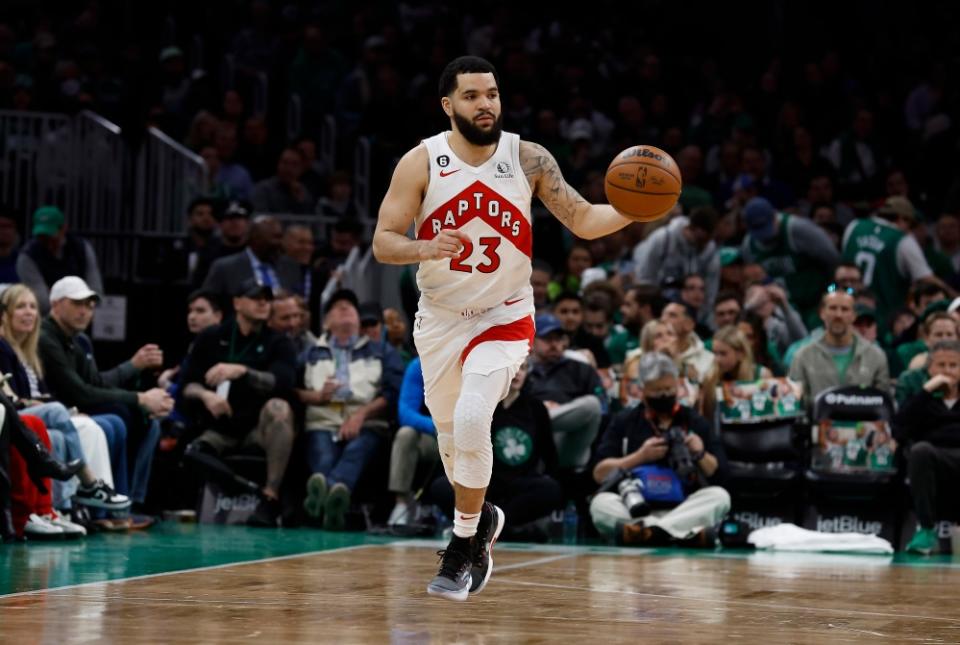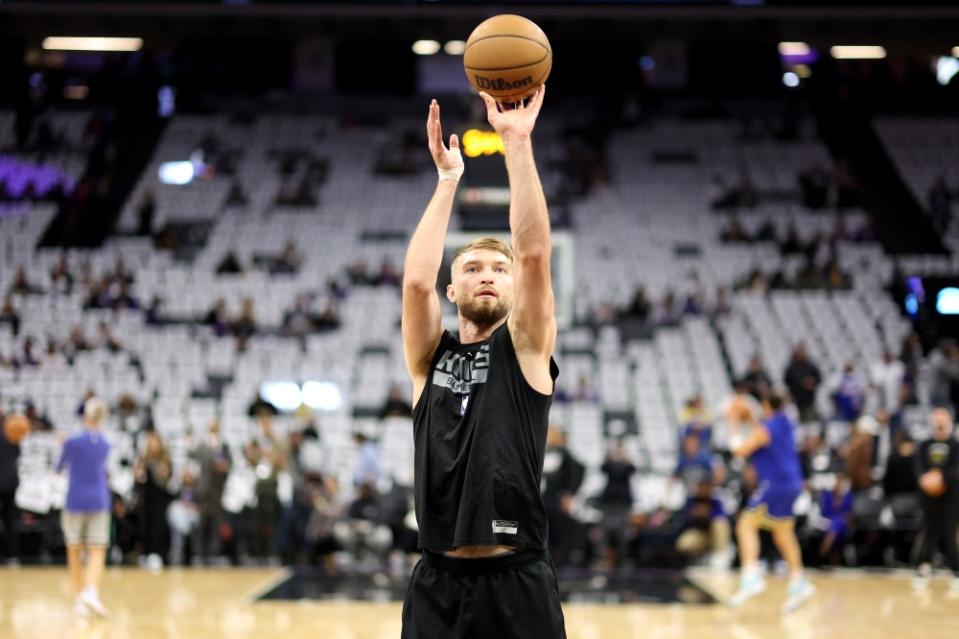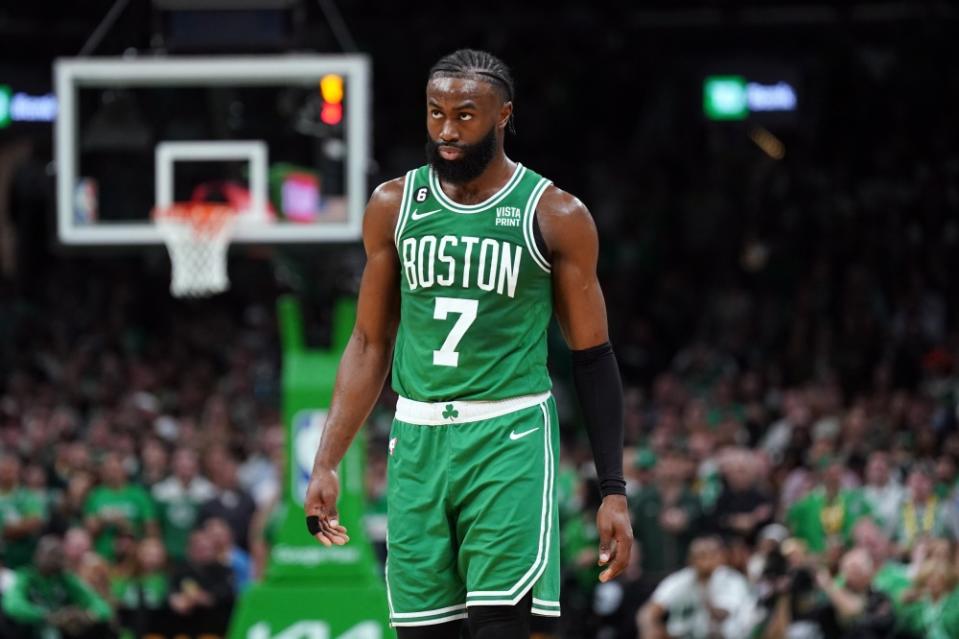How NBA teams spent their cap space in the 2023 offseason

The majority of the 2023 free agency dust has settled. There are still a couple of loose ends like the restricted free agencies of PJ Washington and Ayo Dosunmu, and of course, the potential of blockbuster Damian Lillard and James Harden trades. But for the most part, most teams have their roster situations figured out ahead of the 2023-24 season.
This offseason featured eight teams operating with significant cap space, the most we’ve had since 2019. However, unlike that summer, this year had a much weaker crop of free agents. The overall lack of talent led these teams to use most of their cap space in ways other than free agent signings.
Here is how much cap space these teams started out with and how it was utilized.
Cap space teams

* The Houston Rockets had the most cap space this summer with $66 million. Most of it went to Fred VanVleet ($40.8 million), Jeff Green ($9.6 million), and Jock Landale ($8 million).
* The Indiana Pacers had $36 million and spent the majority of it on Bruce Brown ($22 million). They still have $7.5 million in space remaining.
* The Orlando Magic had $22 million and used a meaningful amount on Joe Ingles ($11 million). They have $5 million in space remaining.
* The San Antonio Spurs had the second most cap space with $42 million. They currently have $15 million in space remaining after acquiring multiple players via trade. Julian Champagnie ($3 million) was their only free agent signing that required cap space so far.
* Meanwhile. the Oklahoma City Thunder ($32 million), Detroit Pistons ($31 million), Utah Jazz ($30 million), and Sacramento Kings ($18 million) did not use their cap space to sign free agents.
* Altogether, all eight teams combined to have $277 million in space this summer.
Trades and renegotiations

* The Thunder kicked things off with their cap space on draft night by agreeing to acquire Davis Bertans ($17 million) from the Dallas Mavericks to move up two spots in the draft to select Cason Wallace. That indicated that they didn’t intend on pursuing free agents, which made sense considering they already had a mostly full roster. They would later use the remainder of their cap space to acquire Victor Oladipo ($9.5 million) and Patty Mills ($6.8 million) with draft picks attached.
* The Jazz would be the next team to utilize the majority of their cap space in a trade by agreeing to acquire John Collins ($25.3 million) for Rudy Gay and a second-round pick. The rest of their cap space would be reserved for Jordan Clarkson ($9.2 million) in a renegotiation and extension worth $51.9 million over three years.
* The Pistons were rumored ahead of this summer to throw a big offer sheet at Nets restricted free agent Cameron Johnson. They took themselves out of the bidding quickly by agreeing to acquire Joe Harris ($19.9 million) hours before free agency began. They subsequently capped themselves out by agreeing to acquire Monte Morris ($9.8 million) with their remaining space.
* The Spurs have utilized the majority of their cap space to facilitate multi-team trades. They already acquired Reggie Bullock ($11 million), Cedi Osman ($6.7 million), and Lamar Stevens ($1.9 million) with it. They still have room to take on more salaries with up to $15 million in space remaining.
* The Kings could’ve had up to $36 million in cap space but it got reduced when they extended Harrison Barnes ahead of free agency. They used what they had left to renegotiate and extend Domantas Sabonis ($8.6 million) to a five-year, $217 million deal. They also acquired Chris Duarte ($4.1 million) from the Pacers.
* Lastly, the Pacers acquired Obi Toppin ($6.8 million) from the Knicks, while the Rockets acquired Patty Mills ($6.8 million) from the Nets in order to aggregate his salary in the Dillon Brooks sign-and-trade.
The data and future of cap space

Out of the $277 million in collective cap space, $143.6 million was used on trades ($125.8 million) and renegotiations ($17.8 million). That means that approximately 52 percent of cap space was not utilized on traditional free agent signings. That number could still grow if the Spurs facilitate more salary dumps, or if the Pacers renegotiate and extend Buddy Hield.
Is this the end of free agency as we know it? Is cap space dead?
Not quite, but these spending behaviors could be a trend in future weak free agency classes. We could definitely see a repeat of this in the summer of 2024 when the talent is just as weak and there could be even fewer cap space teams. Some of the best players who could become free agents like Kawhi Leonard, Paul George, Jaylen Brown, and Pascal Siakam, are all extensions-eligible this year. As of now, only the Pistons, Thunder, Sixers, Spurs, Jazz, and Wizards project to have significant cap space next summer.
You can follow Yossi Gozlan (@YossiGozlan) on Twitter.

